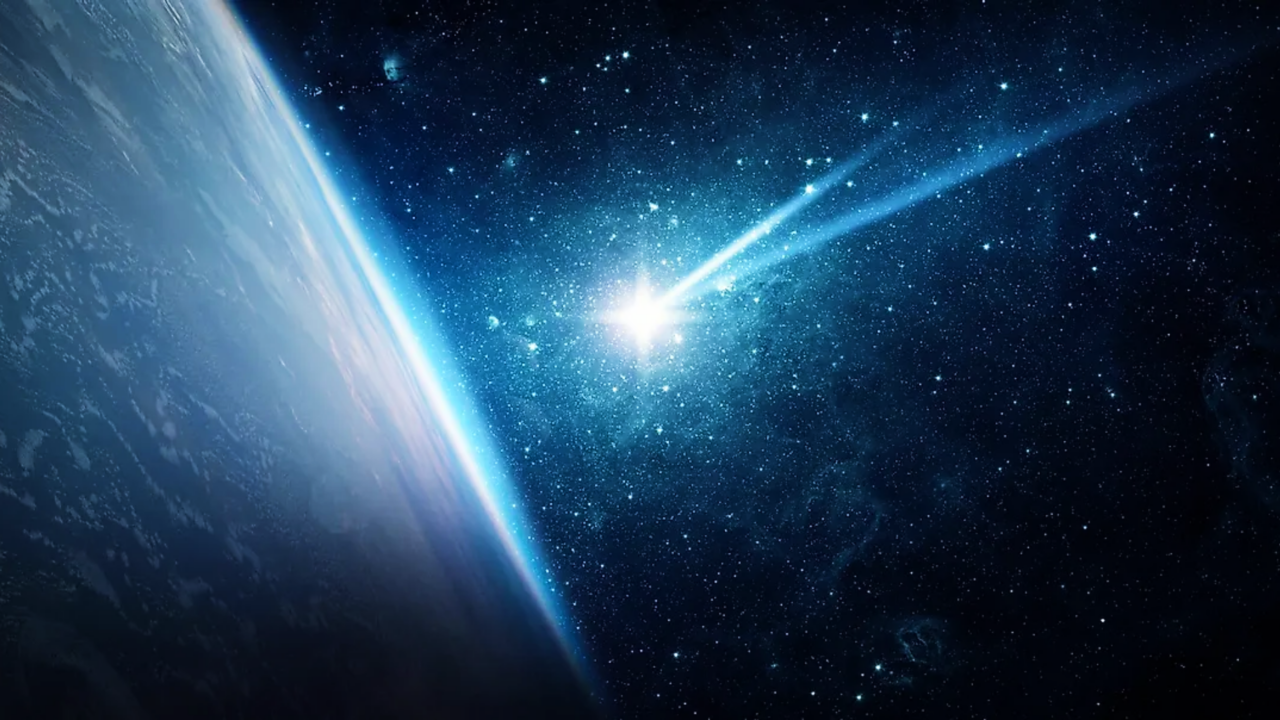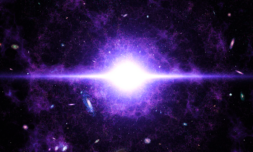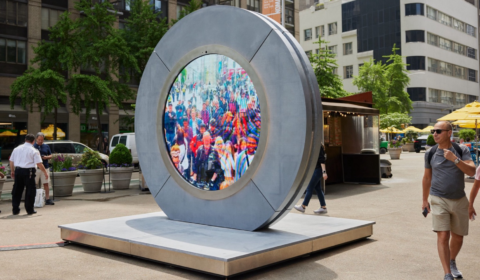Harvard University Professor Avi Loeb has recovered tiny iron fragments near the fireball path of the first recognised interstellar meteor. Tests are now underway to discover more about its mysterious origin beyond our solar system.
Scientists looked on in wonder in 2014, as a 500kg fireball plummeted from the sky and crashed into the Pacific Ocean near Manus Island.
In the years that followed, research was compiled to determine whether the object – dubbed IM1 – was of interstellar origin. Only last year, the US Department of Defence confirmed this theory, ratifying that its recorded speed was in excess of solar escape velocity.
Around the same time, Harvard University professor Avi Loeb published his own findings on the supposed meteor, stating that IM1 had been travelling faster than 95% of all stars in the vicinity of the Sun.
With the interstellar theory all but validated, Loeb prepared an expedition to the crash site with several colleagues involved in the Galileo Project – an organisation dedicated to identifying the nature of objects made by existing or extinct extraterrestrial civilisations.
Ignoring the bureaucratic process, the outfit made the voyage to Papa New Guinea using business visas and without research permits. Using a ship with an integrated magnetic sled, they excavated debris from the ocean floor mostly consisting of volcanic origin.
Once they sieved the collected matter using a fine mesh, however, they made the thrilling discovery of some 50 spherules; tiny, marble-like metallic balls which may have once comprised IM1.




















